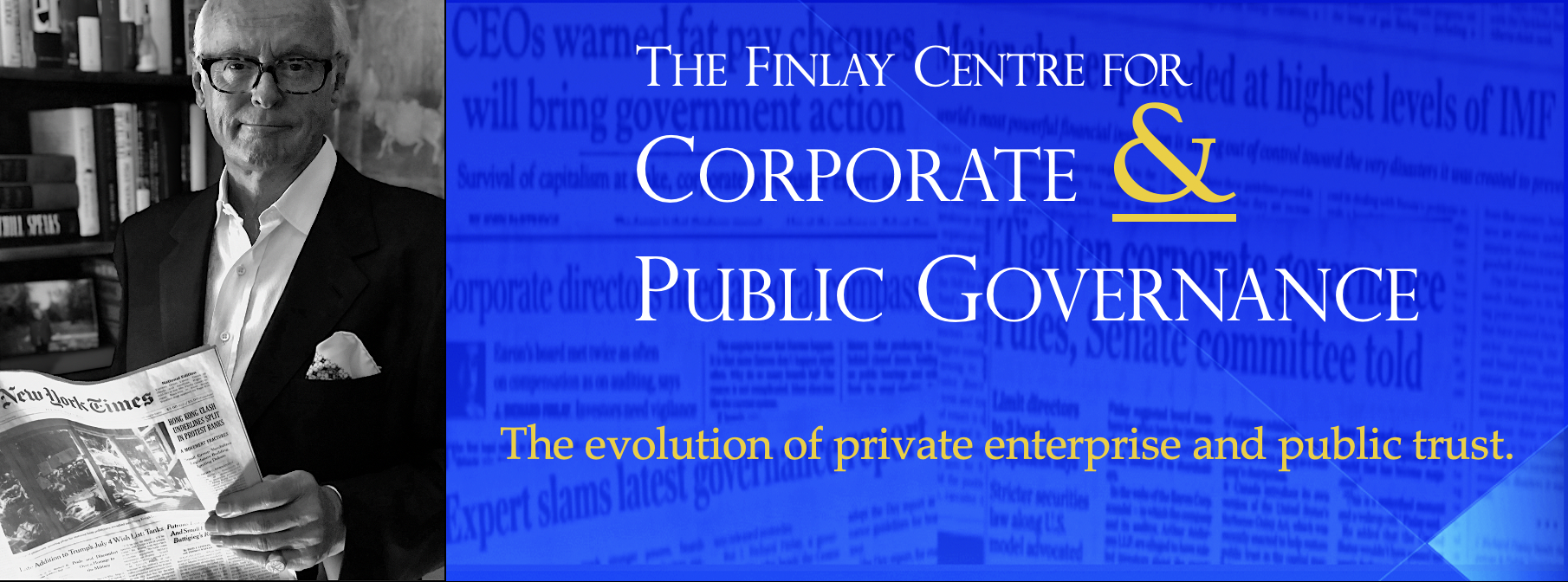BOTCHED APPOINTMENT SHOWS SERIOUS FLAWS IN HOW CANADA’S SUPREME COURT JUDGES ARE CHOSEN
It has been nearly 30 years since I proposed a more open process for selecting and confirming nominees to the Supreme Court of Canada in the op-ed pages of the Globe and Mail. I was among the first voices to do so. But the Frankenstein-like creation followed recently by the Harper government in the botched nomination of Marc Nadon is not the solution. It’s a big part of the problem.
Every aspect of the lives of Canadians is influenced by the nine-member top court. This past year alone saw landmark decisions involving the right of physicians to end the life of a patient over the objections of a family and extended free expression rights to reporters and bloggers. How someone is appointed to that court, and who is actually appointed, are matters that should command the attention of much more than the usual suspects in the legal community.
Until the early part of the 21st century, appointments were made purely on the whim of the prime minister of the day. But the Nadon appointment followed a model established with the naming of Justice Marshall Rothstein to the Supreme Court in 2006. And it is here the process descends into byzantine complexity and opaqueness worthy of the great Machiavelli himself.
This is how the scheme works. In an entirely closed process, the minister of justice puts forward a list of names to a group of legal elites, including the chief justice of the Supreme Court of Canada, the Quebec minister of justice and the Canadian Bar Association. Their job is to advise on the suitability of the candidates presented — the legal equivalent of pre-qualifying for a mortgage application. The criteria for selection, and how the list is arrived at, are never made public. The names on the list are secret, and so is the actual number considered. The Department of Justice claims that the minister also “consults” with the prime minister in coming up with the list, but we know who is really running the show here.
Next, a special committee, known as the Supreme Court of Canada Selection Panel, is formed. This group consists of five members of parliament. In the Nadon nomination, it was comprised of three Conservative members and one each from the Liberal and NDP benches. The committee meets, also in secret, to review the list of pre-qualified candidates provided by the minister of justice. After its closed-door deliberations the committee presents a list of three candidates it deems acceptable. But whether this was arrived at by a majority vote or was unanimous is never disclosed. The only name that is ever revealed publicly is the one chosen and announced by the prime minister. This peculiar process does not end here, however.
After the prime minister makes his decision known, an ad-hoc committee of MPs is formed. Their job is to ask questions of the candidate during a televised session. But they don’t get to make recommendations or to vote on the prime minister’s choice. In fact, their role seems to be relegated to that of mere stage props for one leading part: the prime minister’s choice for the top court, whose performance is usually distinguished by smiles, sports anecdotes and stories of triumph over various childhood adversities.
With the Nadon nomination, the committee had less than three days to get up to speed on the candidate’s background and legal history and to prepare discerning questions. In the United States, it can take three months for the Senate judiciary committee to prepare for its hearings on Supreme Court nominees. Nor was the time adequate to engage Canadians in the process. But then this was never intended to be a real vetting of a nominee of the kind that might reveal important aspects of the candidate’s judicial philosophy.
After all, there is nothing significant hanging on this committee’s actions when the outcome is pre-determined and no actual confirmation vote is ever taken. Mr. Harper has virtually unchecked power in the choice he makes. He determines everything from who gets on the initial list to which of the three names is selected for the nomination. If, for example, all the names presented in the process are male, how exactly does a woman get appointed to a court already heavily male-dominated? Had Mr. Nadon’s nomination not been blocked in a most ironic twist by the Supreme Court itself, he would have completed a court comprised of 7 men and two women.
That last sentence about the decision of the Supreme Court of Canada, which amounted to the Court’s saying a resounding “non” to Mr. Harper’s choice, is the biggest kicker of all in this flawed system. Apparently, through all of this contorted process, it never occurred to anyone that, for at least one name on the list, there was a serious chance his qualifications were not in compliance with the Constitution of Canada in respect of Quebec’s enshrined right to representation on the top bench — not a small point when dealing with a Supreme Court appointment. And the rejection of Mr. Harper’s nominee was not exactly a squeaker. Six of the seven voting justices called the Nadon nomination unconstitutional.
As this experience shows, it’s time to go back to the drawing board. A cloak of secrecy continues to obscure how Canada’s top court is chosen. What is still missing is a genuinely transparent process that fully engages and informs Canadians while demonstrating that democratic values are followed in filling these critical positions. That’s unlikely to happen, however, since in Canada a prime minister simply has too much power — another case I attempted to make in the op-ed pages of the Globe and Mail some 14 years ago.
Unfettered power, which is what any majority prime minister for the most part enjoys, is an unwise exercise in tempting fate, as Mr. Harper — and his nominee — have now discovered.
